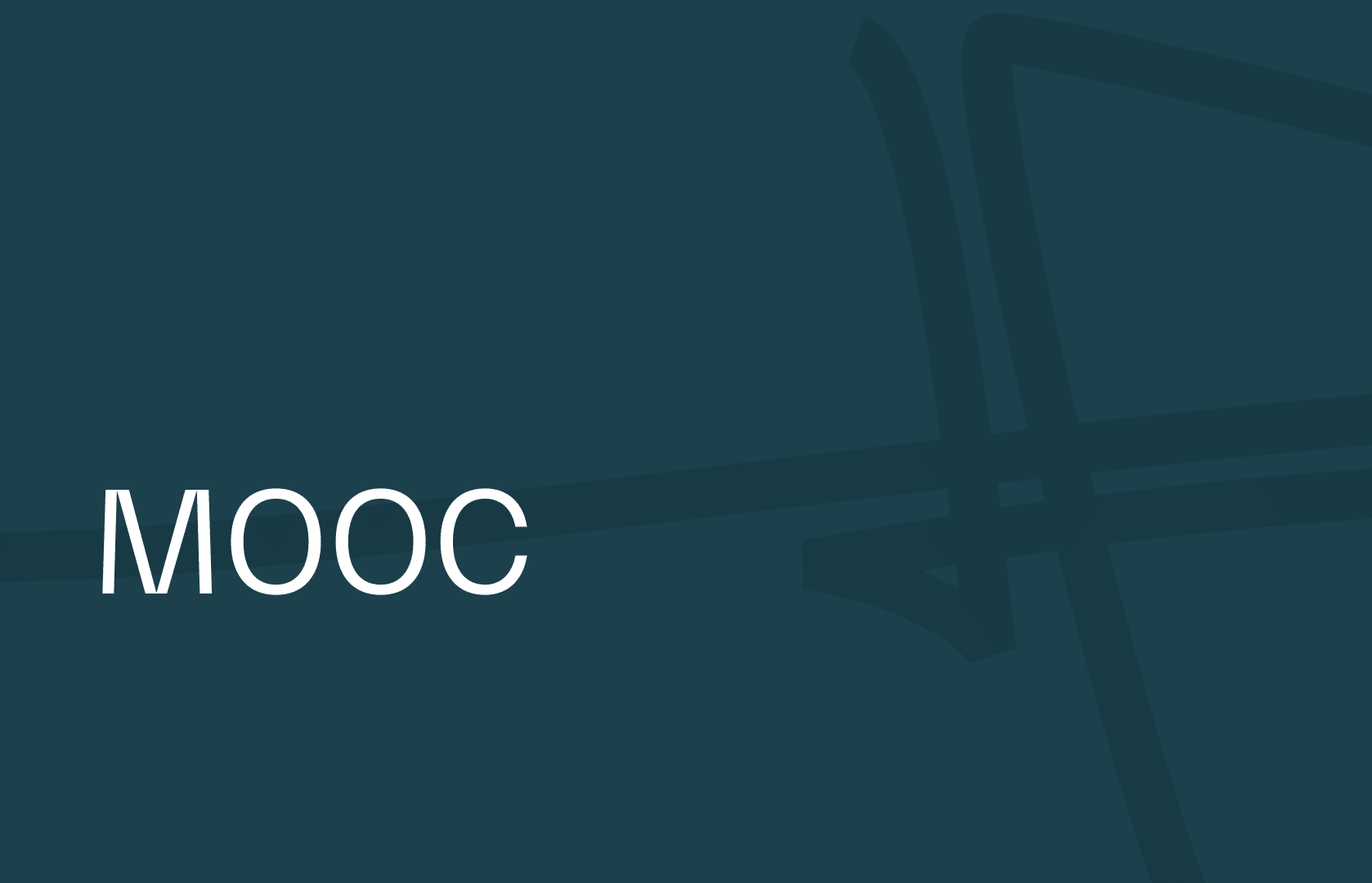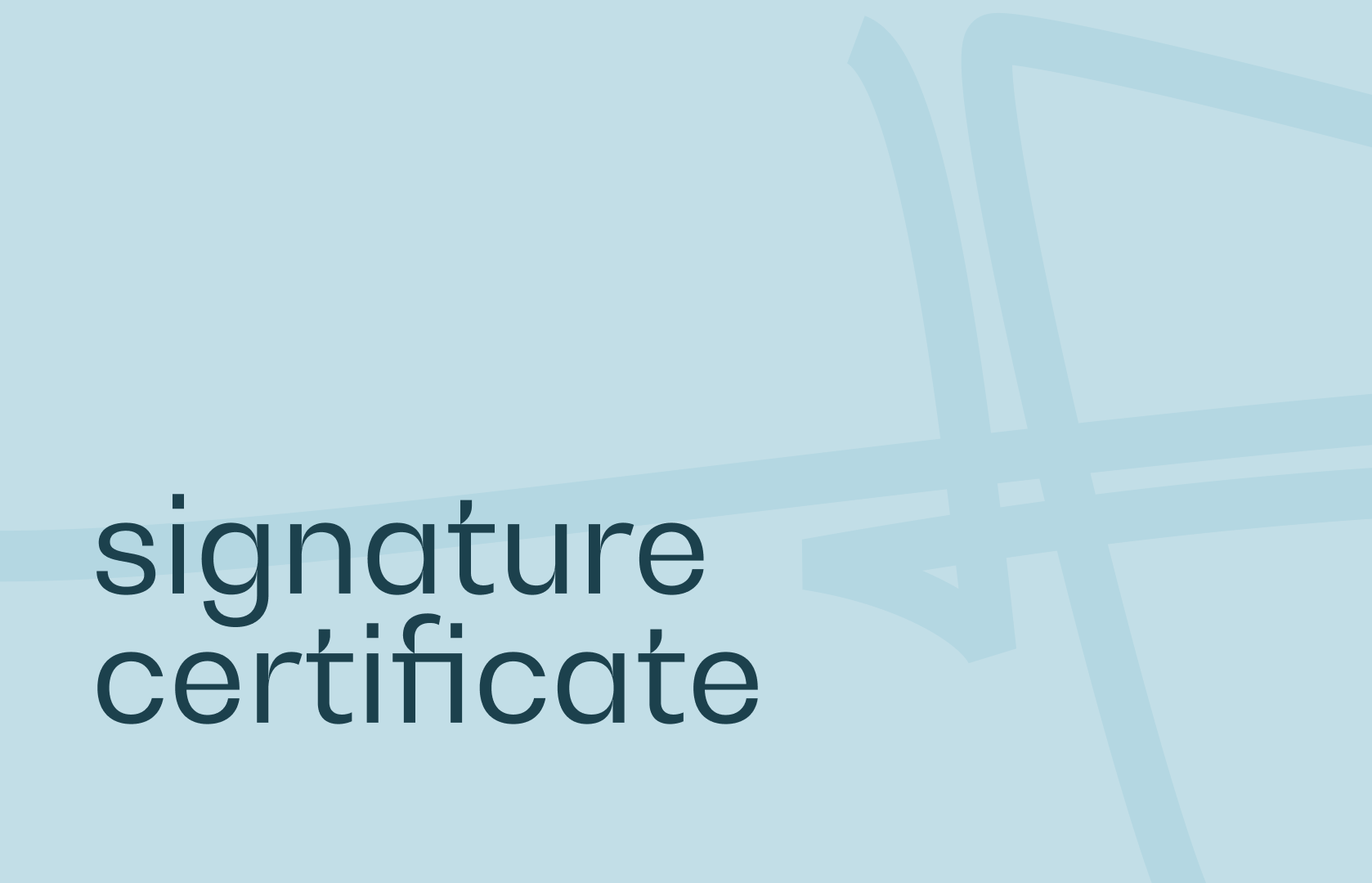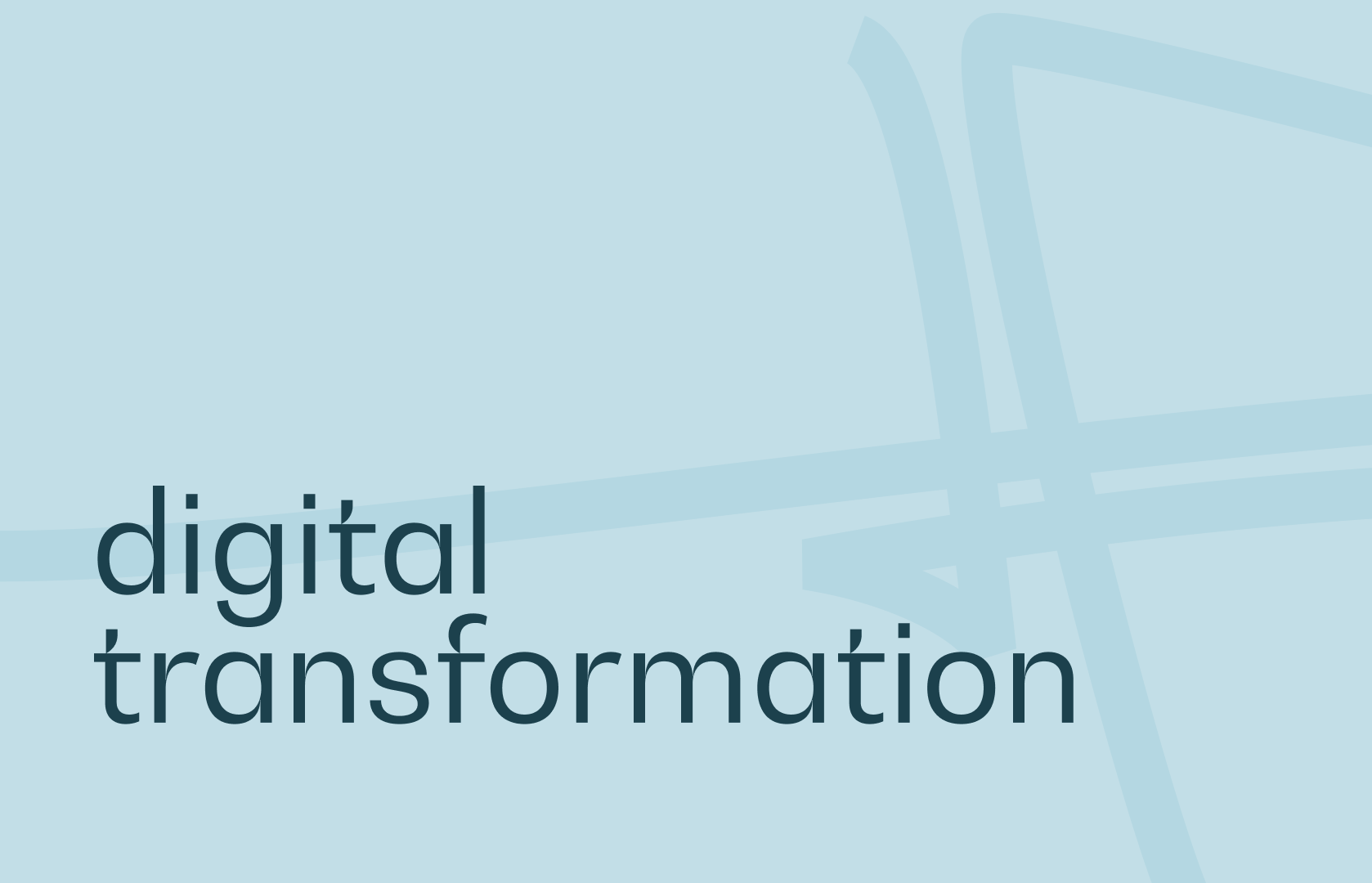What is a MOOC?
The Massive Open Online Course (MOOC) is a form of educational training. Its aim is to provide free access to online training courses, most of which are free of charge. A MOOC is defined as learning that is open to all, with no limit on the number of students. Unlike e-learning or online courses, MOOCs are taught by several professional instructors.
How did MOOCs come to be used in training?
MOOCs first appeared in the late 2000s. Thanks to the initiative of several major American universities, which decided to share some of their courses freely online. Originally designed to teach students, they have exploded onto the corporate market over the last ten years.
Prepared by various schools and universities, MOOCs represent free, open-access university courses. The courses, which can be ongoing or for in-depth study of a particular subject, last from 1 to 6 months. Learners have the choice of stopping their training whenever they wish. Over 100,000 students can sign up for MOOC courses, and there is no educational level or diploma required for access. What’s more, there are no space limits, and all courses are diverse.
Who can take Massive Open Online Courses?
The courses cover a wide range of subjects, from IT and medicine to start-ups. The digitization of these course materials means that they can be consulted, most of the time, on video and accompanied by supporting documents. This gives users the flexibility and agility to take advantage of these MOOCs. On a smartphone, laptop, at home, in the morning or even at night, it’s up to the learners. They remain available for several weeks before being replaced. This allows students to progress at their own pace.
In addition to students, the Massive Open Online Course also helps business leaders and young entrepreneurs. Among other things, it helps them to deepen their management and leadership techniques. The advantage of this type of teaching is that you can follow the course online while discovering new subjects.
What are the advantages of MOOCs?
The learner can either choose to brush up on an existing skill, or learn a new skill and then turn it into a career. MOOCs enable learners to acquire concrete knowledge while working independently. However, like most online training courses, MOOCs require learners to have the necessary motivation.
The main advantage of MOOCs is that they are taught by professors from prestigious higher education institutions. The courses delivered by these tools are therefore of the highest quality.
MOOCs provide access to education for all students. Foreigners and non-nationals alike can benefit. In other cases, some students can enroll in courses taking place in another country. In addition, learners follow the course as real students in the country concerned.
In addition to gaining in-depth knowledge in any field, massive open online courses are a real plus on your CV. In fact, the certificate issued by the MOOC is the only thing paid for in the training, but it does enable you to be valued in the professional world.
What are the major trends in MOOCs?
There are two main families of MOOCs. This distinction is important for choosing the right format for your learning needs.
- cMOOCs: This type of MOOC is essentially collaborative. Content is produced by participants. It is organized around a theme. However, cMOOCs do not necessarily follow a set progression.
- xMOOCs: this type of MOOC is similar to a lecture-based course, with many additional resources. Progression is punctuated by assessments. An xMOOC is more likely to lead to certification.
EDC MOOC, CAPITypa and ITyPA are platforms on which students can learn cMOOCs and xMOOCs.




